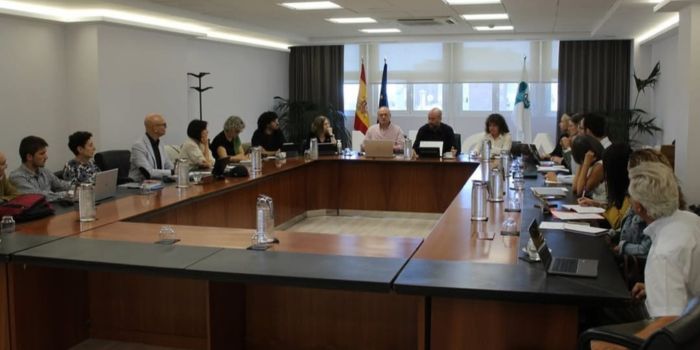On 23 September 2025, AVAP took part in a training session at ANECA’s headquarters in Madrid alongside technical staff from several regional quality agencies. The aim was to delve into the new DOCENTIA Programme guide and its implementation process. The session made it possible to align criteria, share good practices, and resolve questions.
What is DOCENTIA and what is it for?
DOCENTIA is the programme that supports universities in evaluating the quality of their teaching activity. It provides guidelines and recommendations so that each university can design its own evaluation model, and it foresees certification by ANECA and, where applicable, by the regional agencies. Its ultimate goal is to ensure teaching capability and competence, promote recognition of teaching staff, and drive continuous improvement. Today, around 90% of Spanish universities participate in the programme in one of its phases.
The new guide and its key points
The session focused on the new DOCENTIA guide, published by ANECA in 2025, which introduces updates to make the models clearer and more operational. Highlights include setting out a dual pathway for defining, implementing, and evaluating teaching activity, with the aim of facilitating adaptation to institutional diversity and giving greater traceability to processes. The evidence framework and follow-up are also strengthened to ensure more informed and comparable decisions.
A programme aligned with Europe
DOCENTIA takes as a reference the Standards and Guidelines for Quality Assurance in the European Higher Education Area (ESG 2015). This means that university models for teaching evaluation are designed and reviewed under shared European standards for internal and external quality assurance, with a focus on continuous improvement and the student learning experience.
AVAP collaborates with ANECA in the development of the programme in the Valencian Community. Our role is to support universities in defining, rolling out, and improving their teaching-evaluation models, ensuring consistency with the national guide while respecting each institution’s particularities. With this session, we reinforced coordination among agencies and added tools to help universities move forward confidently with implementation.





